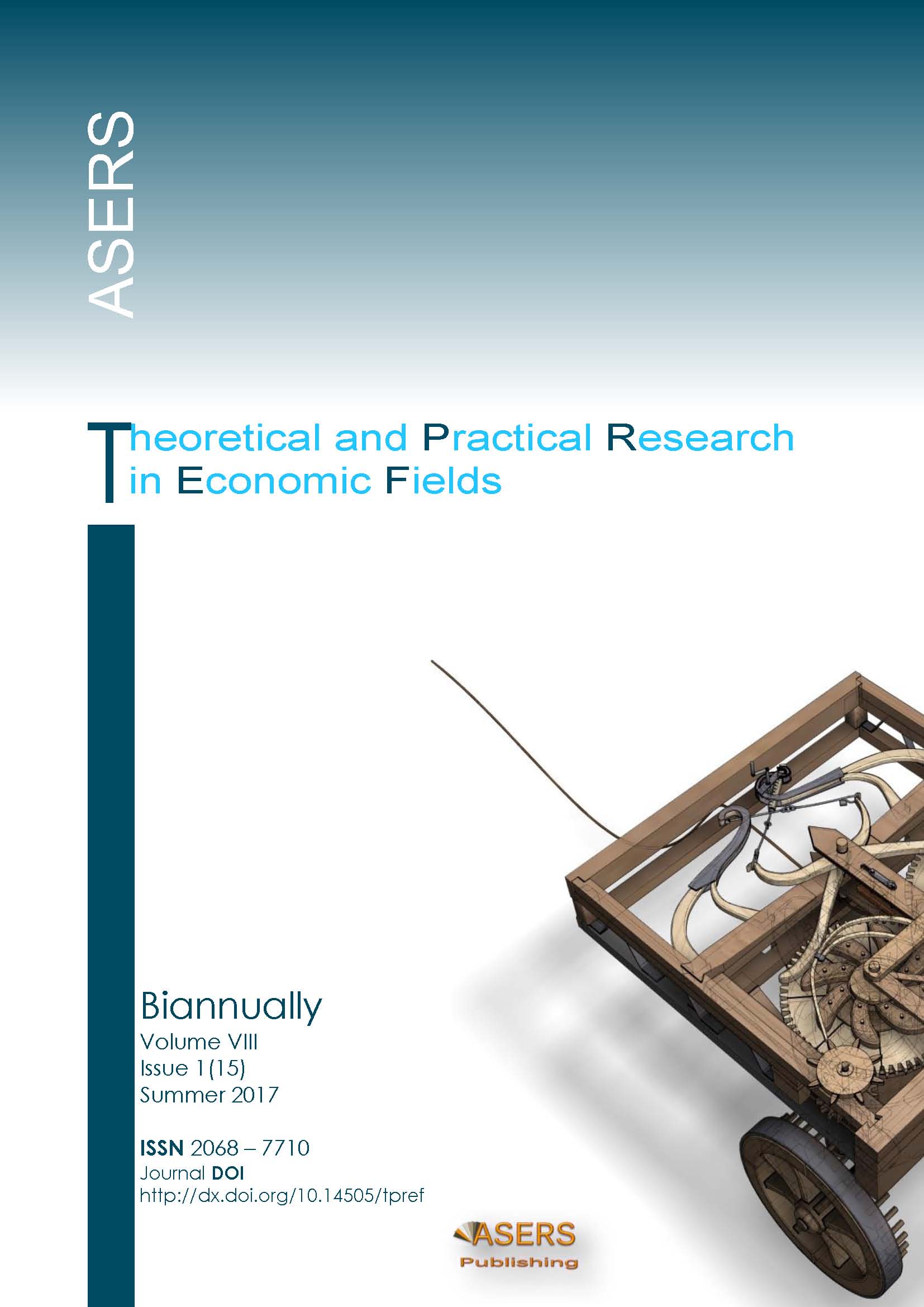POLICY ON BALANCED REGIONAL DEVELOPMENT IN MACEDONIA - GOALS, CHALLENGES, TRENDS
Abstract
In this analysis based on available statistics per different regions in Macedonia, we make attempt first to establish the actual situation in terms of distribution of regional development and identify tendencies in individual regions, which will later serve as solid baseline for establishing possible positive movements in individual regions and for identifying key challenges in the policy on balanced regional development, as well as for testing the policy’s effectiveness in the course of years. Moreover, our focus will be on legislative establishment of the policy on balanced regional development in the past decade, assessment of what has been planned and realized, identification of weaknesses and shortfalls in policy implementation, and provision of recommendations aimed at better implementation of these policies in the future.
References
[2] Action Plan for Implementing the Strategy on Regional Development 2013-2015, Official Gazette of the Republic of Macedonia, no. 122/2013
[3] Action Plan for Implementing the Strategy on Regional Development 2016-2018, Official Gazette of the Republic of Macedonia, no 123/2016
[4] Decision on awarding funds to finance development projects of planning regions in 2016, Official Gazette of the Republic of Macedonia, no. 86/2016
[5] Decision on classification of planning regions according to their development for the period 2013-2017, Official Gazette of the Republic of Macedonia, no. 88/2013
[6] Development Level and Classification of Planning Regions (expert study), Vlabor, Skopje, May 2013
[7] Law on Balanced Regional Development, consolidated text (“Official Gazette of the Republic of Macedonia” no 63/2007, 187/2013, 43/2014 and 215/2015)
[8] Macedonia in Figures 2014, State Statistical Office, June 2014
[9] Macedonia in Figures 2015, State Statistical Office, June 2015
[10] Macedonia in Figures 2016, State Statistical Office, June 2016
[11] National Developmental Plan 2007-2009, Government of RM, Skopje, February 2007
[12] Performance Audit – Efficiency of the Programme on Balanced Regional Development, Final Report of the Authorized State Auditor, State Audit Office, 2013
[13] Planning Regions in the Republic of Macedonia, Ministry of Local Self-Government, 2011
[14] Regions in the Republic of Macedonia, State Statistical Office, 2016
[15] Social Protection of Children, Youth and Adults in the Republic of Macedonia, 2015, State Statistical Office, October 2016
[16] State Statistical Office, Census of Population, Households and Dwellings, 2002
[17] Strategy on Amending the Strategy on Regional Development in the Republic of Macedonia 2009-2019, Ministry of Local Self-Government, September 2014
[18] Strategy on Regional Development 2009-2019, “Official Gazette of the Republic of Macedonia” no 119/2009
[19] The former Yugoslav Republic of Macedonia 2016 Report, Brussels, 9.11.2016, Available at: http://ec.europa.eu/enlargement/pdf/key_documents/2016/20161109_report_the_former_yugoslav_republic_of_macedonia.pdf
[20] Trenovski, B., and Nikolov, M. 2016. Cost-Benefit Analysis of Performance Based Budgeting Implementation. CEA Journal of Economics 10(2).
[21] Trenovski, B., Mangova, I., and Levkov, N. 2016. The level of fiscal transparency and accountability of budget users-evidence from Macedonia. International Journal of Public Policy, 12(3-6): 210-242.
[22] Trenovski, B., et al. 2016. Labor market supply vs. Demand characteristics in the northeastern planning region of Macedonia. CEA Journal of Economics, 11(1).
Non-Exclusive License under Attribution 4.0 International Public License (CC BY 4.0):
This ‘Article’ is distributed under the terms of the license CC-BY 4.0., which lets others distribute, remix, adapt, and build upon this article, even commercially, as long as they credit this article for the original creation. ASERS Publishing will be acknowledged as the first publisher of the Article and a link to the appropriate bibliographic citation (authors, article title, volume issue, page numbers, DOI, and the link to the Published Article on ASERS Publishing’ Platform) must be maintained.
